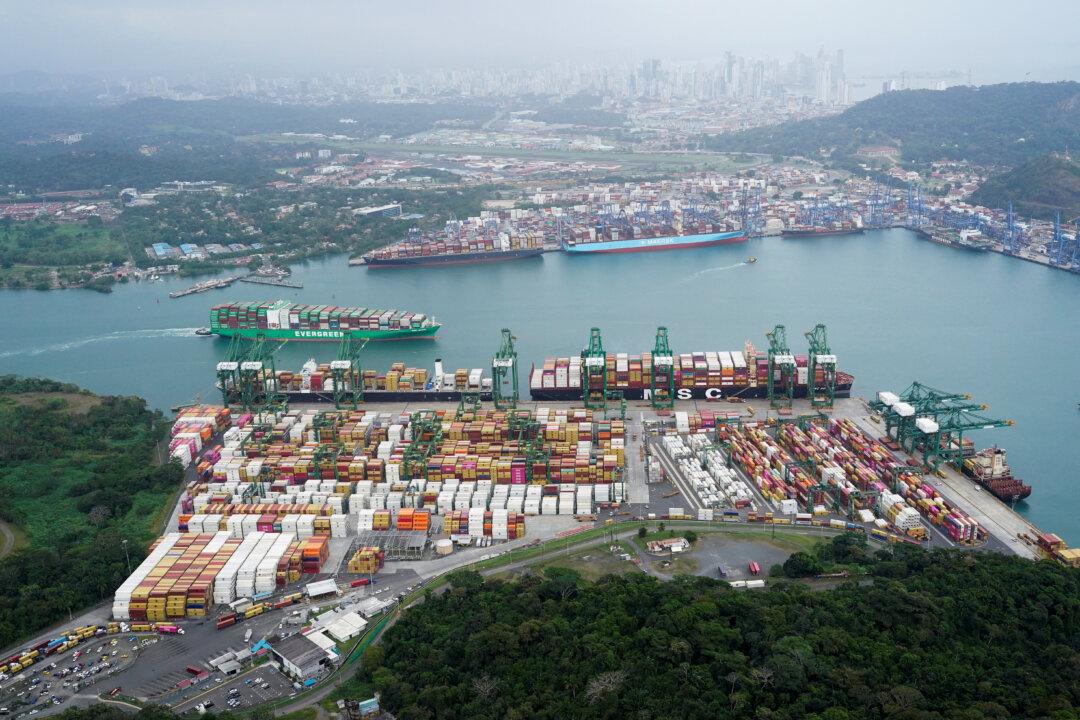The collapse of the government of Afghanistan on Aug. 15 was a disaster for the Biden administration, but it set the stage for the new Central Asian regional competition between China, Russia, and India.
The Chinese Communist Party (CCP) supported the Taliban in displacing both the Afghan government and the United States from the region.
Russia also has an interest in seeing an unstable situation be maintained in Afghanistan for the time being, but it has an even greater mission to ensure that Taliban (and other radical Islamic) activities don’t cross back over the northern Afghanistan border into the five Central Asian states. Moscow hopes to coerce them, through the need for security support against the Taliban, back into close alliance with Russia.
Russia hopes that it can restore its suzerainty over Central Asia and join it with an Iran that remains anti-United States. It’s a culmination of the 18th and 19th centuries’ “Great Game.” This would give it overall influence into the Persian Gulf and the Indian Ocean via Iran and a post-United States Afghanistan.

The post-U.S. situation in Afghanistan sees prospects of some cooperation between Moscow and Beijing. Beijing also seeks to consolidate its reach to the Indian Ocean and Middle East, and believes that, if it can acquire influence over Afghanistan, it can to some degree offset what it knows are Indian plans to cut off existing overland links between China and the Indian Ocean via Pakistan.
The heightened Sino–Russian competition represents an escalation of the Moscow–Beijing split that underlies—and contradicts—superficial cooperation between the two powers. The dichotomy between superficial cooperation and underlying competition was a standard feature of Soviet, and then Beijing’s, behavioral doctrine over the past century under the philosophy of “peaceful coexistence.”
The second tier of competition in the region, vitally linked to the Sino–Russian competition in Afghanistan and Central Asia, is shaping up to be between India and Pakistan, with Iran possibly reemerging as a factor sooner than anticipated. Indeed, all the maneuvering of China, Russia, India, Pakistan, Iran, and the five Central Asian states is inter-related.
The United States has now ceased to be a major factor in Central Asia for the first time since the collapse of the USSR in 1991.
The U.S. position in Central Asia and Afghanistan had been quietly reestablished under the Trump administration (2017-21). This was lost by President Joe Biden’s precipitate removal of security support for the Afghanistan government of President Ashraf Ghani. It was also clear from Chinese officials’ comments in July that Beijing had already reached an understanding with the Taliban to refrain from support for the Muslim Uyghurs in China’s Xinjiang region.
As a result, the two decades of U.S. and NATO experience in Afghanistan and three decades of work with Central Asia’s post-Soviet states has come to nothing, or little. The hope of the Central Asian states for access to global markets without reliance on Russia or China has been compromised. Now, with the threat of regional instability in Afghanistan, fueled by Beijing’s careful support for the Taliban, the Central Asian five states—and particularly Uzbekistan—are forced back into a degree of reliance on Moscow for security support.
So the Biden administration came along “just in time” for Moscow and Beijing to stop the United States from achieving the Trump goal of providing a landbridge for the five Central Asian states (Kazakhstan, Kyrgyz Republic, Turkmenistan, Tajikistan, and Uzbekistan) to the Indian Ocean.

That linkage would have provided a trading outlet to the Indian Ocean, and thus removed them from having to transship exports and imports through Russia and China. But that hope is now gone.
Beijing is forced to promote unrest in Afghanistan to help offset a potential military drive by India across the northern part of Azad (Free) Kashmir, currently held by Pakistan, into Afghanistan. This would both give India land access to Central Asia and deny China’s landbridge via Azad Kashmir and the Karakoram Highway to Pakistan’s port of Gwadar.
India didn’t move some 900,000 troops and police into its autonomous state of Kashmir in 2019 merely to suppress a small Islamist terrorist movement. It was even then pre-positioning itself for a move to cut the China-Pakistan Karakoram Highway and create its own landbridge to Central Asia, outflanking China to its West.
In all of this, if India can create its own landbridge to Afghanistan and do its own deal with the Taliban, it could still offer the prospect of a rail/road connection from India and its oceanic ports through to Tashkent, Uzbekistan, still outflanking Moscow and Beijing.
Thus, the Great Game revives!





